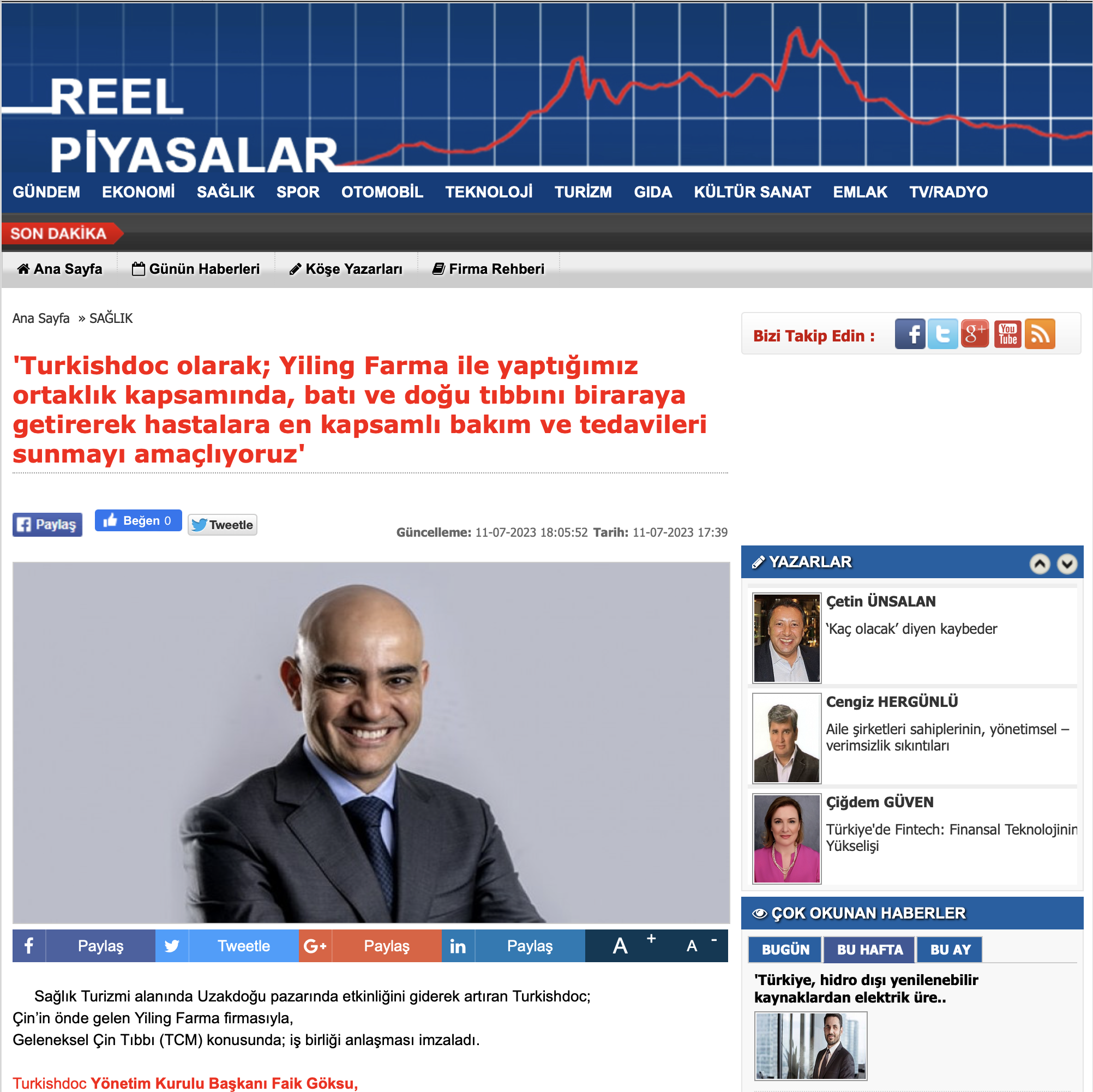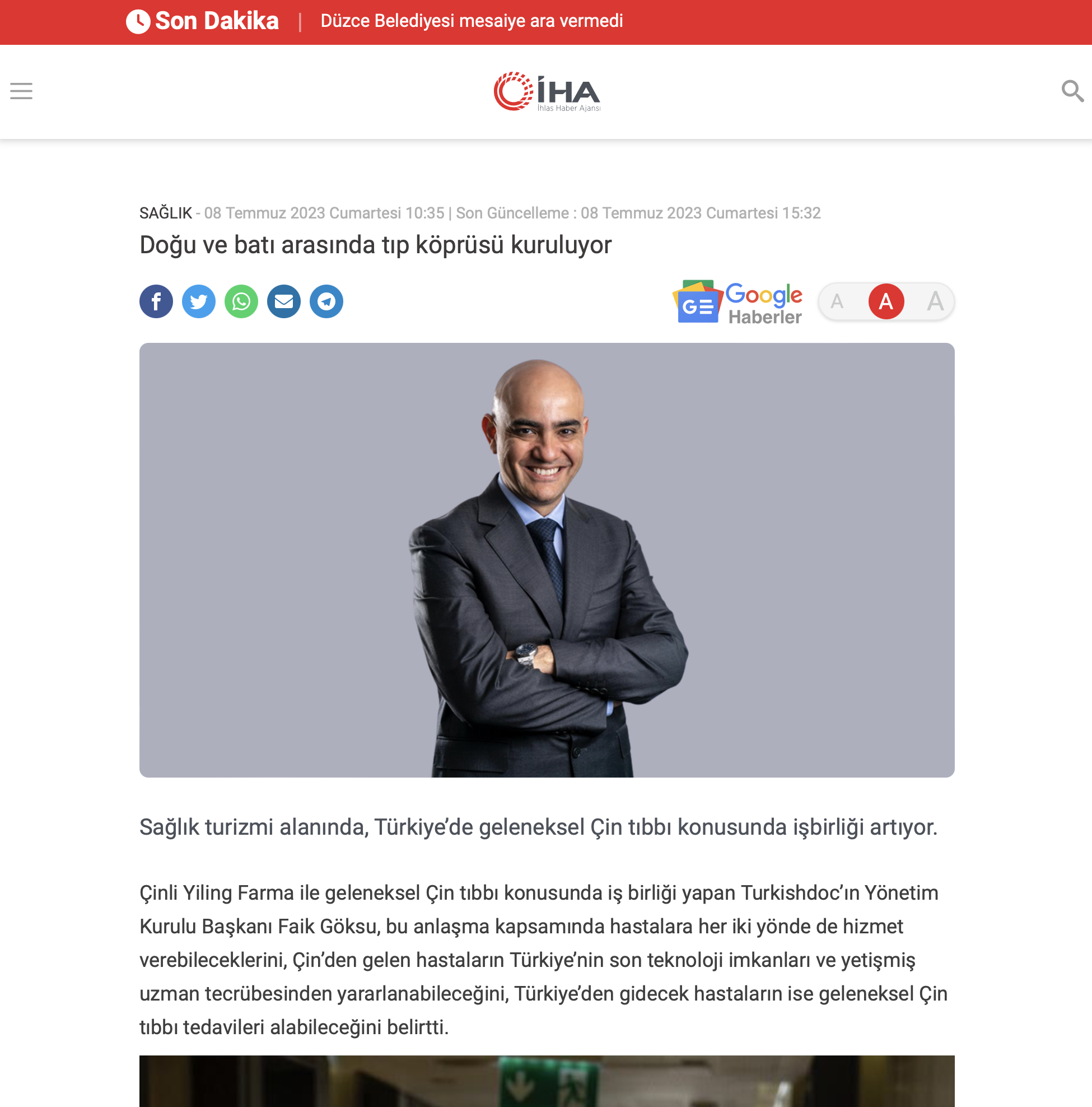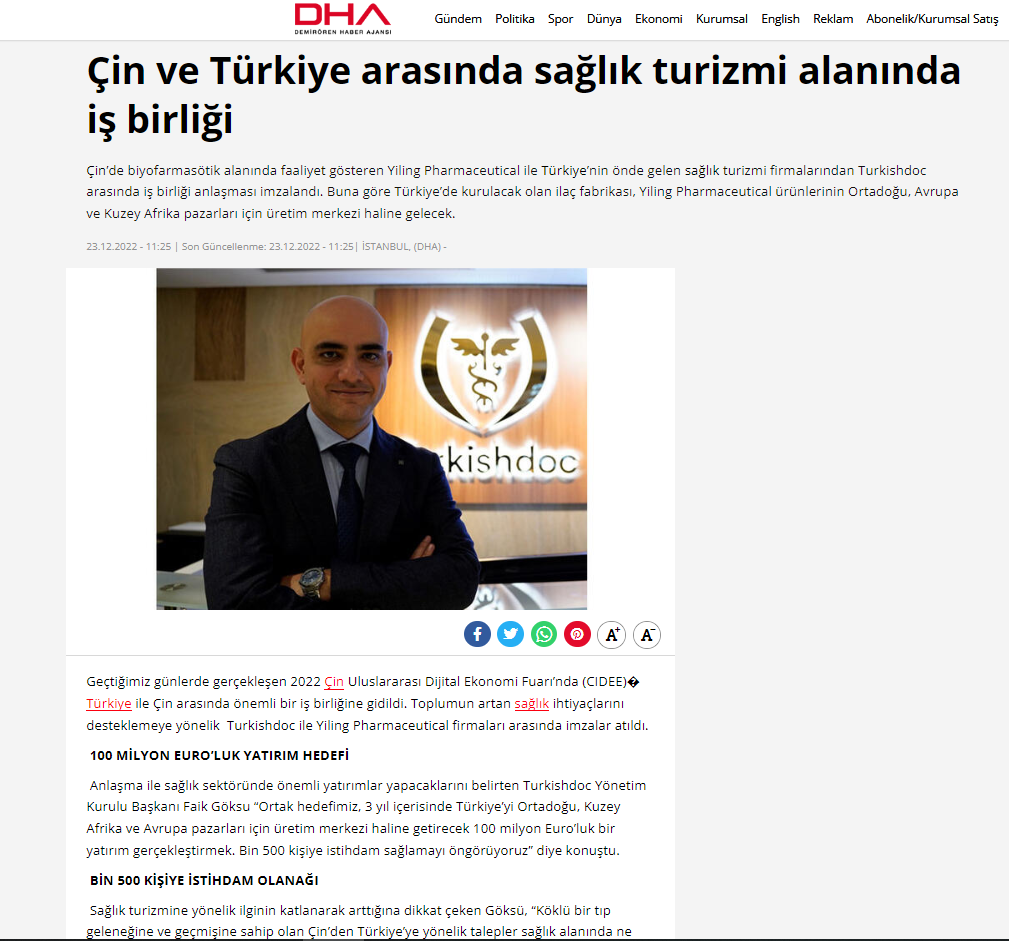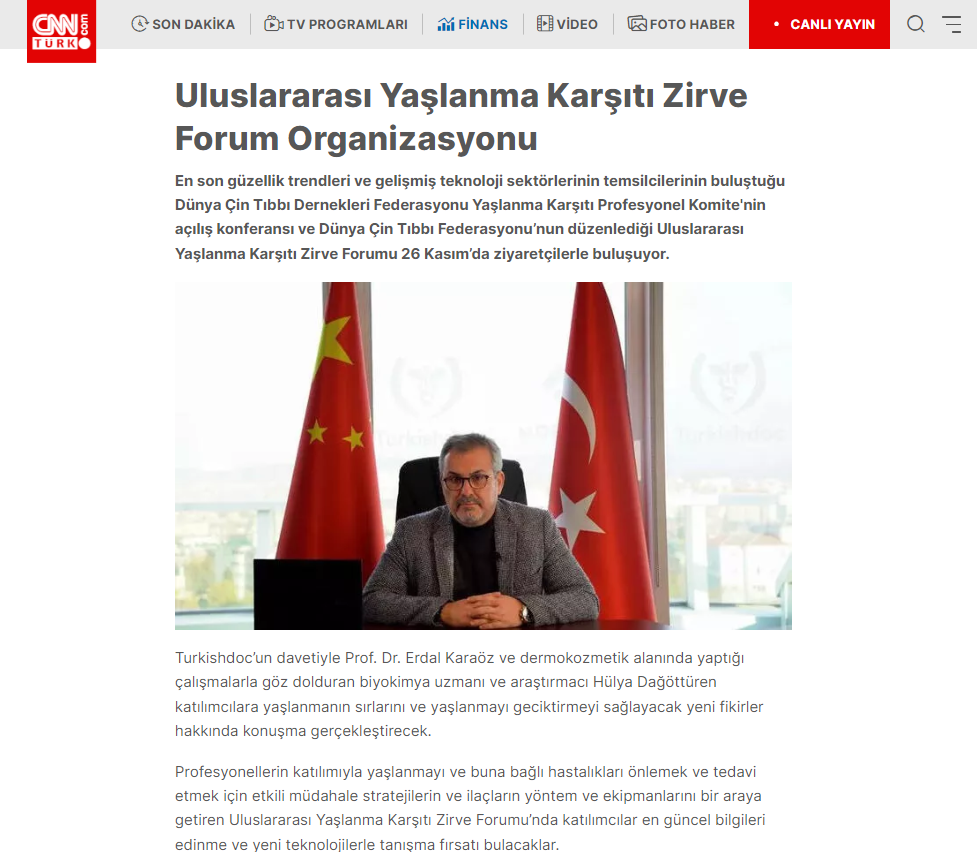Turkishdoc
What Are Treatment Methods For Arrhythmia?
Irregular heartbeats are called arrhythmias. They are divided into two different types: tachycardia and bradycardia. In tachycardia, the person experiences a high heartbeat, while in bradycardia, the person experiences a slow heartbeat. Both are conditions that reduce the quality of life and cause serious health problems. For this reason, arrhythmias should be treated without delay. If you experience certain symptoms, you should see a doctor. In particular, symptoms such as chest pain, shortness of breath, weakness, and fainting are serious for arrhythmias. Therefore, you should go to the emergency room as soon as possible. In particular, ventricular fibrillation, a type of tachycardia, can lead to death. Based on the doctor’s examination and other diagnoses, treatment is planned and carried out.
Diagnosis of Arrhythmia
To diagnose an arrhythmia, the doctor first asks questions about the patient’s medical history and listens to their complaints. After learning about the symptoms, he or she performs a physical examination. Other diagnostic procedures are used to confirm the suspicion of arrhythmias. Below is information about the diagnostic methods used for arrhythmias:
Electrocardiogram (ECG or EKG): The most common method used to diagnose arrhythmias. Electrodes are attached to the chest or other extremities to measure the electrical activity of the heart. Irregular heartbeats are detected by this method, which measures the timing and condition of the heartbeat.
Echocardiogram: In this method, which uses sound waves, a device is placed in the chest. It helps detect rhythm disturbances as the heart’s movement is monitored.
Holter monitoring: It is done with a portable ECG device. This device is implanted in the body to monitor the heartbeat and records data daily or weekly. The doctor analyzes the heart recordings as data and determines whether there is a rhythm disorder.
Stress test: Irregular heartbeats sometimes occur during physical activity. There is a diagnostic method for this too. A stress test is performed to measure a person’s heart rate during physical exercise. Thus, arrhythmias that occur due to exertion are detected.
Cardiac catheterization: This is a surgical procedure performed under local anesthesia. A catheter is inserted into the blood vessel and delivered to the heart. Images of the coronary vessels and the heart are obtained with a dye injected into the catheter.
Electrophysiologic study (EPS): In this study, a catheter is inserted into the heart and passed through the blood vessels. Catheters equipped with electrodes measure the heart’s response to electrical impulses. These impulses are mapped, and the doctor examines them in detail.
Treatment for Arrhythmia
As with any treatment, the treatment for arrhythmia differs according to some factors. The type of arrhythmia, its degree, and the patient’s general health condition determine the treatment. Sometimes treatment is not needed, but in some cases it is necessary. Arrhythmias are usually treated with medication or certain surgical procedures. Therefore, different treatment methods are applied depending on the type of tachycardia or bradycardia. Appropriate treatment is essential if irregular heartbeats are persistently observed. For comprehensive information on the treatment of arrhythmias, see the topics below.
- Medicines
Medication is one of the treatment methods used to normalize an irregular heart rhythm. The type of medication to be used varies according to the type of arrhythmia and the health status of the person. It is ideal for tachycardia types, especially because it is used to control the heart rate. Usually, beta-blockers, digoxin, calcium, and channel blockers are suitable for this. These drugs reduce the heart rate. Some antiarrhythmic drugs are also given to normalize the heart rate. Blood thinners are also suitable for patients with atrial fibrillation. Medicines used to treat arrhythmias can be very effective. Therefore, they can also cause serious side effects. To avoid risky side effects, care should be taken to use medication as directed by the doctor.
- Cardioversion
Electrical cardioversion may be used if the medication has side effects or is unresponsive. This treatment is performed under anesthesia and uses electricity. The treatment aims to return the heart to its normal rhythm. This treatment method is particularly suitable for atrial fibrillation.
- Vagal Maneuvers
It is a treatment for people with supraventricular tachycardia. This method slows the heart rate and affects the vagus nerves. Vagal maneuvers are applied by coughing, holding the breath, and immersing the face in ice water.
- Catheter Ablation
Catheter ablation is a surgical procedure for arrhythmia. Electrodes are placed on the catheter tips and passed through the blood vessels. High-frequency electrical energy is used to restore a normal heartbeat. This treatment can cure arrhythmias such as atrial flutter, ventricular tachycardia, and atrial fibrillation.
- Pulmonary Vein Isolation
Pulmonary vein isolation is a suitable treatment for people with atrial fibrillation. It is also a type of cardiac ablation. It uses heat or cold energy to create small wounds in the heart and thus normalize the heartbeat.
- Pacemaker
A pacemaker is one of the latest treatments for people with bradycardia, a slow heartbeat. A pacemaker may be needed if bradycardia cannot be controlled by other treatment methods. This device, which speeds up the heartbeat to a normal level, is suitable for the treatment of arrhythmia. The pacemaker is placed near the collarbone and is extended into the heart. Thanks to its electrical impulses, it stimulates the heart and speeds it up.
- Implantable Cardioverter Defibrillator (ICD)
An implantable cardioverter defibrillator (ICD) is one of the types of devices used to treat arrhythmia. This device, which monitors the heart rhythm, detects irregular heartbeats and normalizes them. It is a suitable treatment for ventricular tachycardia and ventricular fibrillation.
- Maze Procedure
The maze procedure is a surgical method used for arrhythmias that do not improve with other treatments. In particular, atrial fibrillation is treated with this surgery. A maze procedure is when the surgeon creates a labyrinth of atria through cuts in the heart tissue. This treatment method is performed by open surgery and is highly effective.
- Coronary Bypass Surgery
If coronary artery disease is present in addition to heart arrhythmia, coronary bypass surgery is performed. This method, which improves blood flow, also treats heart arrhythmia.
Reducing Arrhythmia Risk
Because arrhythmia is a heart disease, it is important to make some life changes to maintain heart health. In particular, you should follow the lifestyle below:
- You should consume a healthy diet rich in fresh fruits and vegetables a healthy diet with fresh fruit and vegetables. In particular, you should avoid products containing saturated fats.
- Avoid excessive drinking, and if you do drink alcohol, do so in moderation.
- You should stop using tobacco products such as cigarettes and hookah.
- For your heart health, you should exercise regularly and be active during the day.
- Keep your blood pressure and cholesterol levels under control and avoid excessively fatty, salty, and sugary foods.
- You should maintain a normal weight, as being overweight increases the risk of developing heart disease.
- You should cut down on caffeine-containing products such as tea, coffee, and cola.
- If you have been treated with medication or surgery, you should not neglect regular check-ups with your doctor.
- Getting treatment for sleep apnea greatly improves your quality of life.











